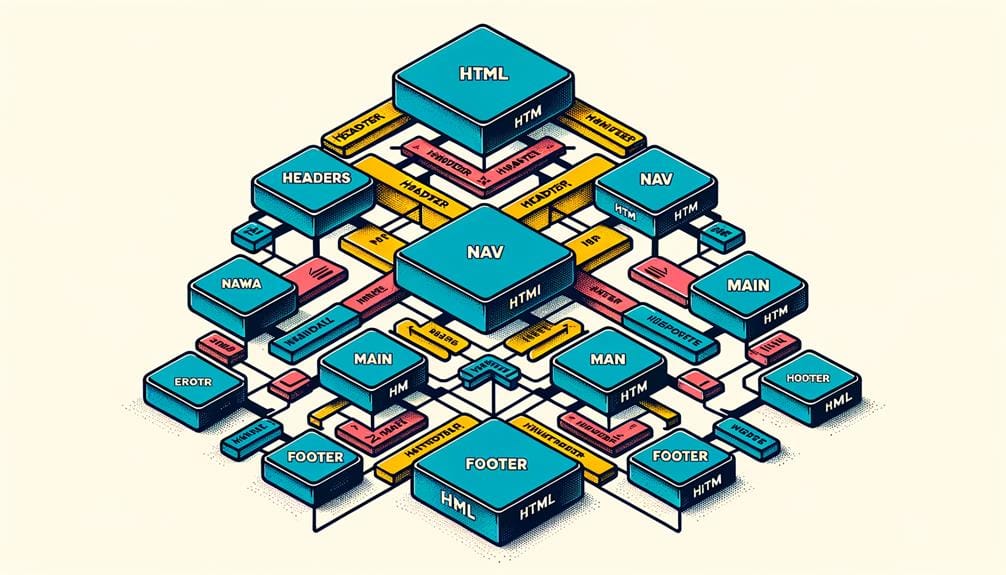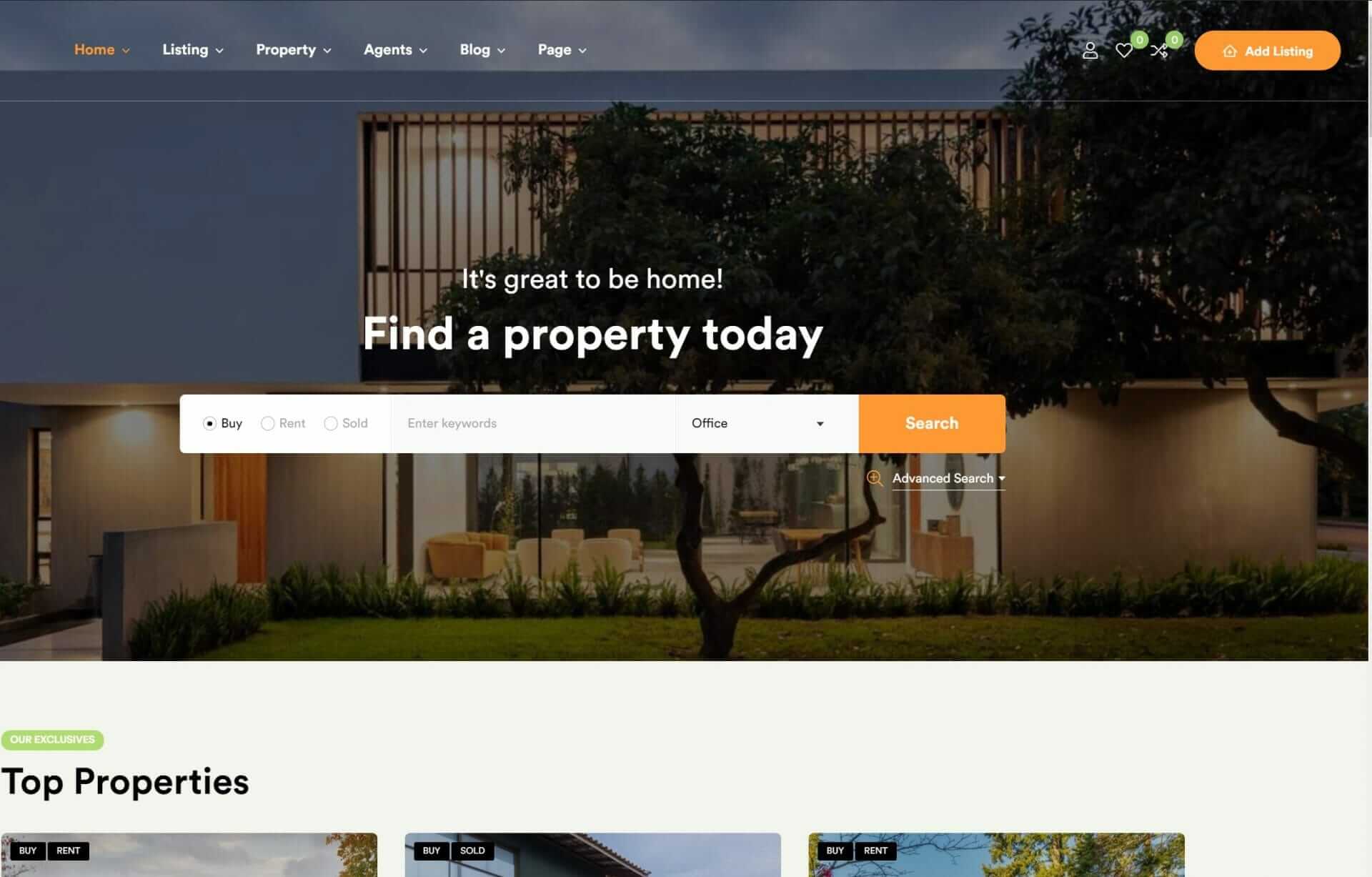You can grasp HTML structure in web design by starting with the basics. Master fundamental elements like headings, paragraphs, images, and hyperlinks to create a well-organized online presence. Understand the HTML page structure, including the head, body, and footer elements, which lay the foundation for effective web design. Learn essential HTML tags and attributes, such as <div>, <p>, <a>, and <img>, to build cohesive layouts. Practice best practices like simplicity, organization, and responsiveness to enhance code quality. By building a solid foundation, you’ll be better equipped to create effective web designs and take your skills to the next level.
Mastering Basic HTML Elements
As you immerse yourself in HTML, mastering basic elements is where you’ll get a solid grip on structuring your content effectively. You’ll start by learning the role of fundamental HTML elements like headings (<h1>) and paragraphs (<p>) in organizing your content.
Next, you’ll discover how to incorporate images (<img>) and hyperlinks (<a>) to elevate the visual appeal and interactivity of your web pages. To present information in a clear and concise manner, you’ll practice using unordered and ordered lists (<ul> and <ol).
Grouping elements like <div> and <span> will also become essential tools in your toolkit, allowing you to create cohesive and stylish layouts.
As you gain confidence in your HTML skills, you’ll begin to create engaging user experiences. By incorporating input fields (<input>) and buttons (<button>), you’ll enhance user interaction on your web pages.
Mastering these basic HTML elements will empower you to craft a robust structure for your content, setting the stage for more advanced web design techniques. With a solid foundation in HTML, you’ll be well on your way to creating innovative and effective web pages that captivate your audience.
Understanding HTML Page Structure

With a solid grasp of basic HTML elements under your belt, you’re now ready to explore how these elements fit into the larger framework of an HTML page, and that starts with understanding the role of key elements like the head, body, and footer.
In the head element, you’ll find metadata that provides essential information about your webpage, such as its title, character encoding, and links to external resources like CSS files.
The body element, on the other hand, holds all the visible content that users interact with, including text, images, and multimedia.
The footer element typically contains information like copyright notices, contact details, and additional navigation links.
Understanding the structure of these elements is pivotal for creating well-organized and accessible webpages. A proper HTML structure guarantees a clear hierarchy, better user experience, and optimized SEO performance.
By mastering the head, body, and footer elements, you’ll lay the foundation for effective web design that resonates with users and search engines alike.
Essential HTML Tags and Attributes

You’ll frequently rely on a set of important HTML tags and attributes to form the backbone of your webpage’s structure and content. HTML elements like <div> and <p> are fundamental building blocks for organizing and displaying information.
The <div> tag is a versatile container for structuring content, allowing you to group other elements and apply styles or logic to them. For readable and organized text, you’ll use the <p> tag, making paragraphs easily identifiable.
To create interactive and visually engaging content, you’ll use attributes like href in the <a> tag, specifying the URL destination for hyperlinks. For embedding images, the <img> tag with the src attribute is essential.
Adding attributes like class and id to your HTML elements provides hooks for styling and targeting with CSS or JavaScript, giving you greater control over the look and behavior of your webpage.
Best Practices in HTML Coding

Several key strategies can significantly enhance the quality and maintainability of your HTML code, making it essential to adopt best practices in your coding workflow. By doing so, you’ll create a solid foundation for your web design projects.
When writing HTML, you want to focus on structure, simplicity, and organization. This will make it simpler to update and modify your code in the future.
Here are three best practices to keep in mind:
- Use semantic elements: Use HTML elements like `header`, `nav`, and `footer` to establish a clear structure for your web page. This will enhance accessibility and make your code more readable.
- Implement responsive design: Use techniques like media queries and flexible grids to create mobile-friendly layouts. This will guarantee that your website looks excellent on all devices.
- Utilize grid systems: Grid systems like CSS Grid or Flexbox can assist you in creating consistent and adaptable layouts. This will simplify the process of designing complex layouts and make your code more sustainable.
Optimizing HTML for Web Design

Optimizing your HTML for web design is essential for creating a solid online presence. By implementing a few key strategies, you can improve your website’s structure, accessibility, and visibility on search engines.
To start, you’ll want to utilize semantic HTML elements like <header>, <main>, and <footer> to create a clear and organized structure that’s easily readable by both humans and search engines.
Next, optimize your HTML code by including meta tags for SEO, such as meta descriptions and keywords, to enhance your website’s visibility on search engines.
Don’t forget to incorporate alt attributes for images to improve accessibility and provide descriptive text for screen readers.
To create a responsive design, structure your HTML layouts using grid systems like Bootstrap or CSS Grid.
Finally, maintain clean and organized HTML code by following best practices like proper indentation, tag closure, and naming conventions for elements.
To Recap
You’ve grasped the basics of HTML structure, and now it’s time to put them into practice. Take the example of Dropbox, which simplified its website’s HTML structure to improve loading speed and user experience. By applying the tips outlined here, you can create a solid foundation for your web design projects.
Remember to keep your HTML code organized, use essential tags and attributes, and optimize for performance. With practice and patience, you’ll master HTML structure and take your web design skills to the next level.










